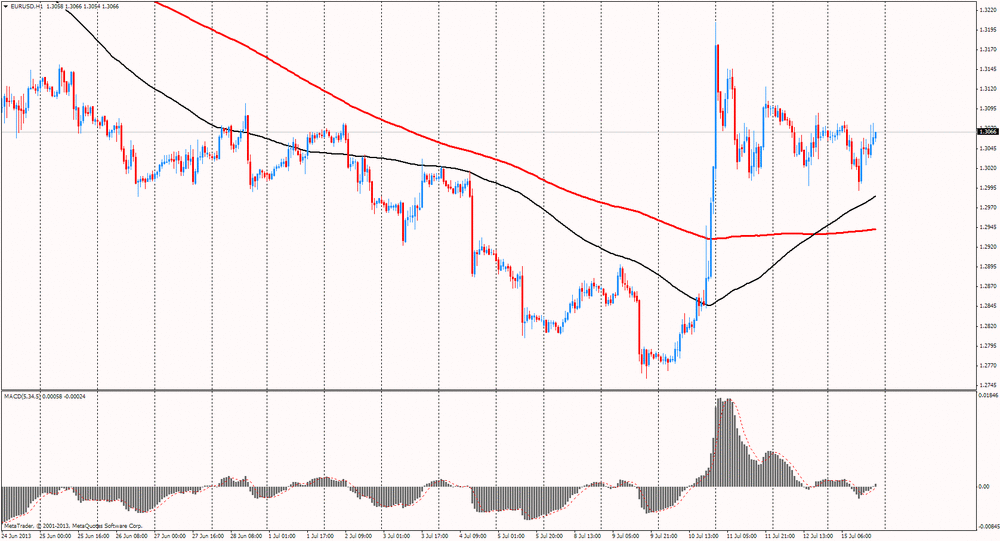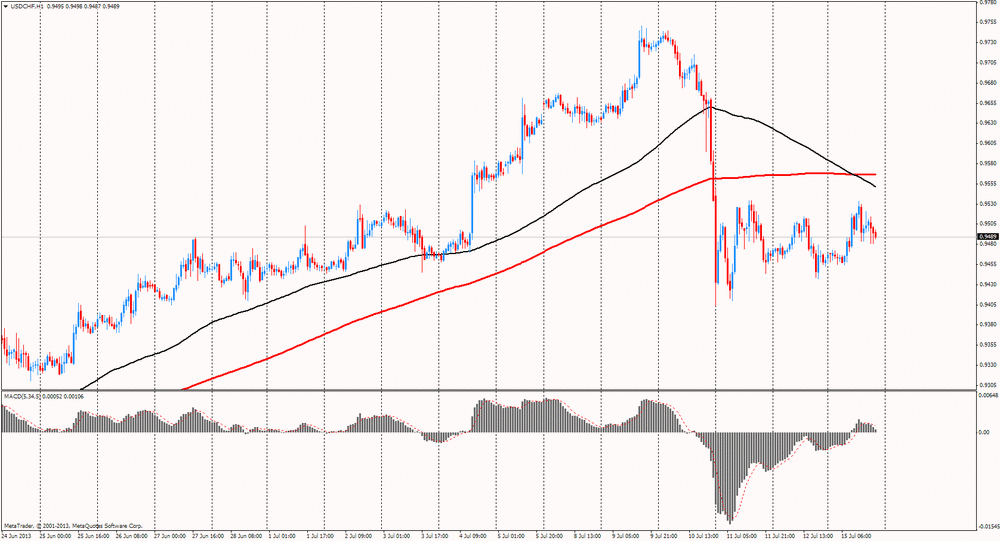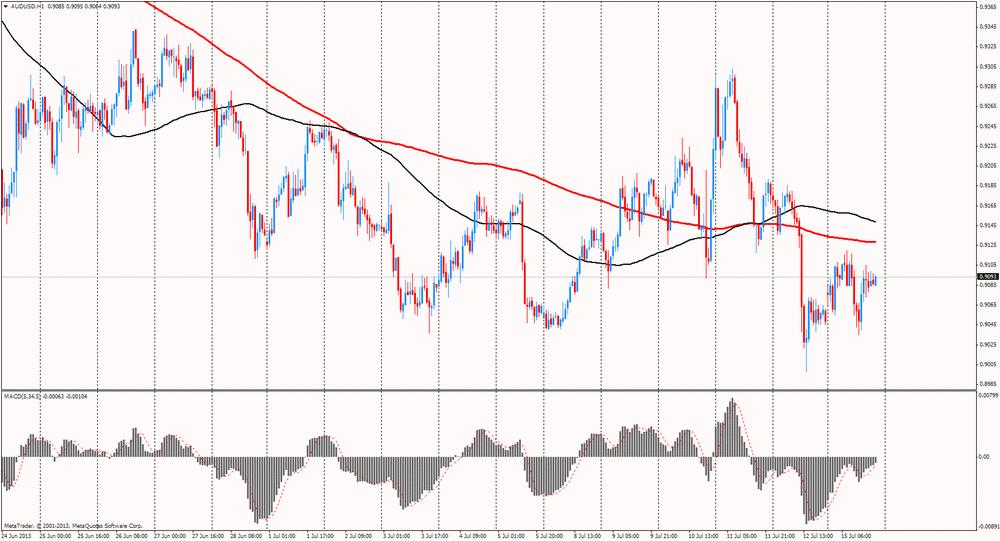- American focus: the euro regained previously lost ground
Notícias do Mercado
American focus: the euro regained previously lost ground
The euro rose against the dollar after all, despite the significant decline that was recorded earlier. Add that such dynamics provoked U.S. data, which were worse than expected.
As it became known, U.S. consumers spent more on gasoline and cars in June, but showed little interest in the other goods, which raises concern that personal spending will cause a leisurely recovery.
Total retail sales increased by 0.4% last month to a seasonally adjusted $ 422.79 billion, the Commerce Department said Monday. But excluding autos and gasoline retail sales were down 0.1%.
The overall increase was below the forecast of economists had expected growth of 0.7%. Retail sales and food sales rose 5.7% from a year earlier.
U.S. retail sales are growing steadily, despite the depth of the economic crisis. Consumer spending accounts for over two-thirds of the total demand in the U.S.
Sales of auto dealers rose 1.8%, continuing a strong picture of this year's sales, which grew by more than 11% year on year. But excluding the automotive sector retail sales were unchanged.
The volume of retail sales, which exclude gasoline, automobiles, and construction was 0.15% higher.
The cost of the Swiss franc fell against the U.S. dollar, which helped to data from the Federal Statistical Office, which showed that producer prices in Switzerland and import prices rose 0.2 percent year on year in June, offsetting a decline of 0.2 percent in May. According to forecasts, the index had increased by 0.3 percent.
On a monthly index measuring the Producer and Import Prices rose 0.1 percent in June, replacing the 0.3 percent fall in the previous month. The rate of growth was lower than expected 0.2 percent growth.
Producer prices and import prices rose by 0.1 percent each in June compared with May. While producer prices rose 0.5 percent year on year, import prices fell 0.3 percent, the data showed.
Australian dollar rose against most of its 16 major, thus restoring most of the positions lost earlier. Note that momentum trading significantly affected by the economic data showing that China's economic slowdown in the 2nd quarter was not as steep as some had feared. According to these data, China's GDP in the 2nd quarter grew by 7.5% compared with the same period last year, after rising 7.7% in the 1st quarter. China is the largest trading partner of Australia, which is becoming impressive volumes of iron ore and coal for its infrastructure projects. As a result, the Australian dollar is highly dependent on the state of China's economy. According to analysts, after the Chinese Finance Ministry on Friday said that "GDP at 6.5% will not make the problem", the markets were expecting weak data, regardless of the subsequent retraction / clarification.
Recall also that the Reserve Bank of Australia on Tuesday to publish the minutes of its meeting on July 2. Investors believe that the probability of the next lower key interest rate in August was 60%, as the government is likely to intensify efforts to revive activity in the economy in sectors not related to the mining industry. Now the key interest rate RBA is at 2.75%.


